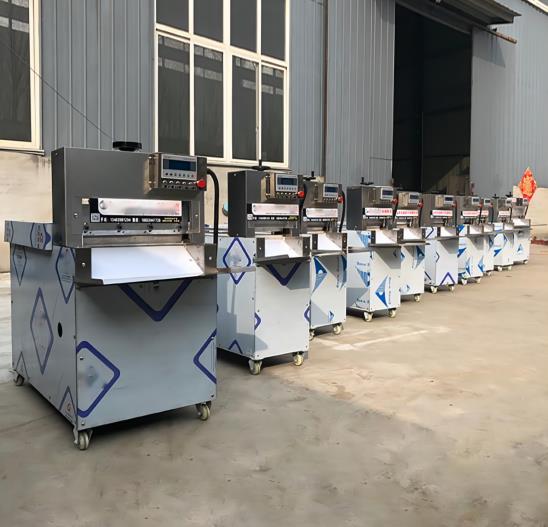- 02
- Mar
Tsebo e nepahetseng ea lintho tse bonahalang le ho lokisa sekhechana sa nama se leqhoa
Relevant knowledge of material and fixation of sekgala nama se hoamisitsoeng
1. Mokhoa oa ho lokisa lisele tse nyane: Ena ke mokhoa o sebelisoang hangata. Lesela le lenyenyane le tlositsoeng phoofolong ke sekhechana sa nama se leqhoa le tlameha ho kenngoa hang-hang ka har’a mokelikeli oa ho lokisa. Hangata, karo-karolelano ea mohlala ho fixative ke 1: 4~20;
2. Steam fixation method: For relatively small and thick specimens, osmium acid or formaldehyde vapor fixation method can be used. For blood smears, osmium acid or formaldehyde vapor should be used to fix the blood before drying;
3. Ha re sebelisa sekhechana sa nama se leqhoa bakeng sa ho seha, lintho tseo re tloaetseng ho li lokisa ke 10% formaldehyde fixative le 95% ethanol fixative;
4. Injection and perfusion fixation method: some tissue blocks are too large or the fixative is difficult to penetrate into the interior, or the entire organ or the entire animal body needs to be fixed;
5. Adopt injection fixation or perfusion fixation method to inject the fixative into the blood vessel and reach the whole tissue and the whole body through the branch of the blood vessel, so as to obtain sufficient fixation.
Ho akaretsa, khetho le ho lokisoa ha likhechana tsa nama tse hatselitsoeng li hloka ho latela litlhoko tse itseng. Likarolo tse fapaneng li na le litlhoko tse fapaneng. Mekhoa e fapaneng ea ho lokisa e hloka lisebelisoa tse fapaneng le melemo ea tlhaho. Ka mokhoa o ts’oanang, ho ea ka mofuta oa thepa le botenya ba nama e leqhoa e lokelang ho khaoloa, thepa e ka nkoa le ho lokisoa.

